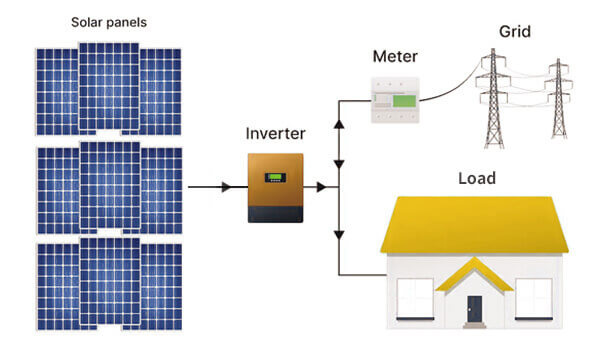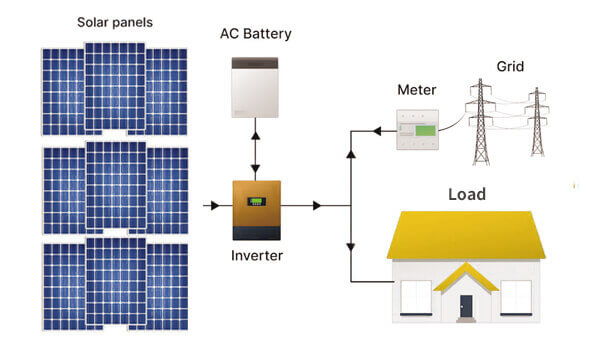
Commercial Solar System
Solar energy is a rapidly growing form of energy, and the solar energy market has also made considerable progress in the past decade. Due to the political and economic instability in many oil and gas producing regions around the world, governments of many countries are taking active measures to reduce their dependence on foreign energy. Solar energy provides a very attractive power generation program and does not form a serious dependence on foreign energy.
At present, the solar power generation system has formed an industrialized application. It has the characteristics of modularization of battery components, convenient installation and maintenance and flexible use. It is the most widely used technology for solar power generation.
Zeoluff has helped several Commercial, Industrial and institutional customers implement renewable energy solutions. We are one-stop solution provider, please check our commercial solar power systems below to find the perfect match.
Types of household solar power systems
On-grid Solar Power System

The on-grid PV power system is the most common type of solar power system. These systems are connected to your local electric grid as well as your home. In most states, the systems provide your power needs throughout the day and if your system produces more electricity than your home is using, it sends the excess electricity to the electric grid, selling your extra solar power back to the utility where it can be used by your neighbors and others.
The grid-connected power generation system can convert the DC power output by the solar cell array into AC power with the same amplitude, frequency and phase as the grid voltage, and realize the connection with the grid and the transmission of electric energy to the grid. The power stations in the whole home solar system are independent of each other, and users can control by themselves without large-scale power outages, so the safety and reliability are relatively high. And because the grid-connected power generation system does not need to be connected to the battery, it also has certain advantages in cost.
The main components of the grid-connected system are solar panels, grid-connected inverters, solar panel brackets, cables, etc.
Off-grid Solar Power System

Off-grid solar power generation systems are mainly used in areas with limited (or completely unavailable) utilities. Using a completely off-grid solar system requires some extra equipment in the way of batteries and/or other energy storage devices, but the result is complete independence from any outside utility provider. One of the pitfalls of the off-grid solar system is that you often waste unused energy, as battery storage is limited. Going off-grid means complete utility freedom, but if this is the route you take, it is best to invest in some heavy-duty solar storage devices.
Off-grid solar power generation system uses solar panel energy system for home or factory to convert solar energy into electrical energy, and powers the load through the solar charge and discharge controller, and at the same time charges the battery; in cloudy weather or no light condition, the battery packs will supply power to the DC load and be used as a backup power supply for the load at night through solar charge and discharge control. At the same time, the battery also directly supplies power to the independent inverter, which is inverted into AC power through the independent inverter to supply power to the AC load.
The main components of the off-grid system are solar power panels for home, solar charge, and discharge controllers, solar inverters, solar panel brackets, cables, etc.
Hybrid Solar Power System

Though it does require additional investment in the form of batteries, it is very possible to get the best of both worlds by building a solar system that only uses traditional utility power as a back-up. In this scenario, rather than funneling, your excess solar energy back into a power grid, you store it yourself. If you plan well and create enough storage, you can put yourself in a position of only using the power grid for cases of extreme energy use or very limited sunlight availability. The hybrid option is more and more realistic with the onset of new storage technology including the Tesla Battery.
